Hépato-Gastro & Oncologie Digestive
MENUUpper gastro-intestinal bleeding: When and what to look for? Volume 25, supplement 4, Décembre 2018
Figures
-
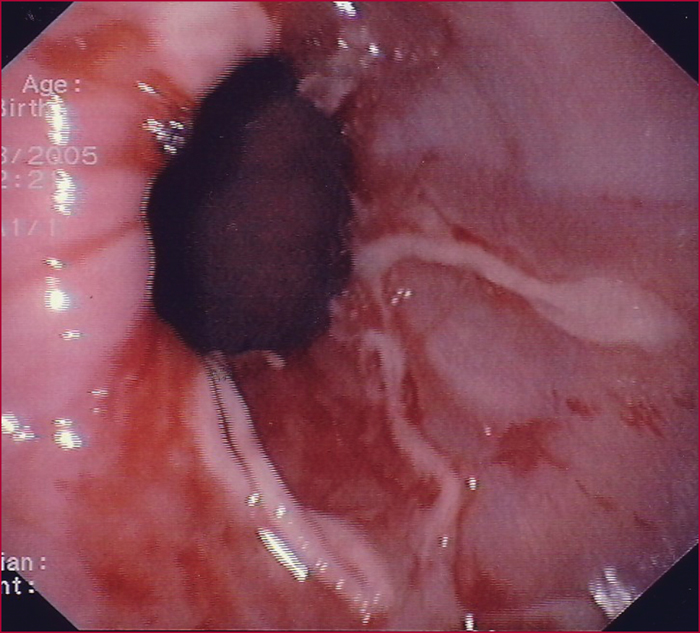
Figure 1 -
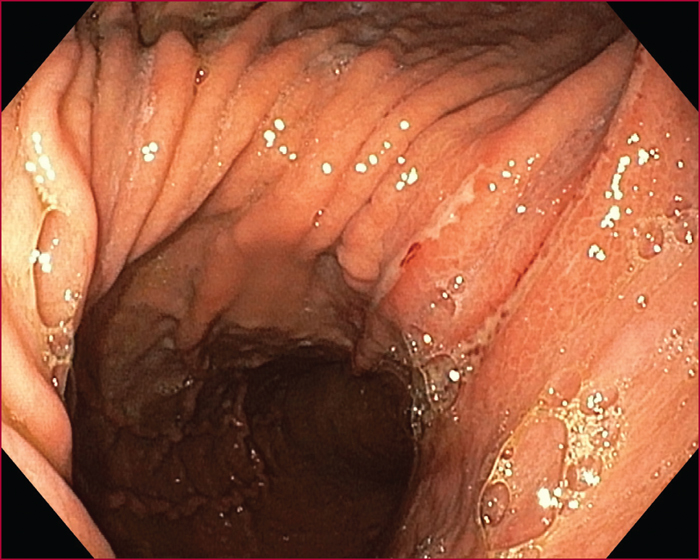
Figure 2 -
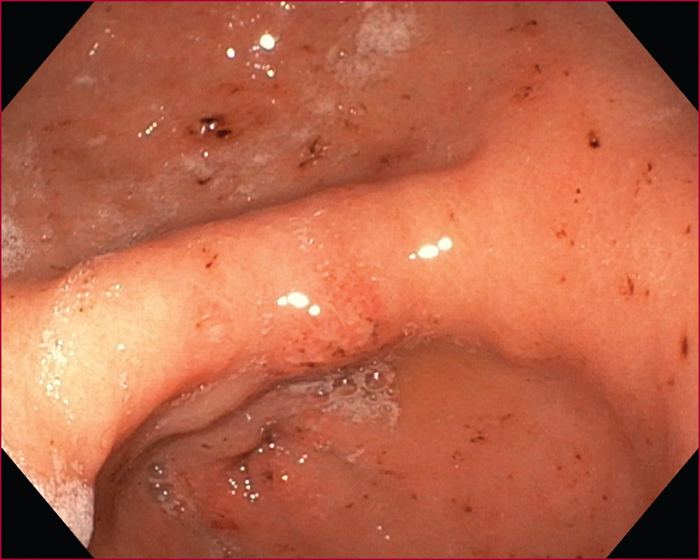
Figure 3 -
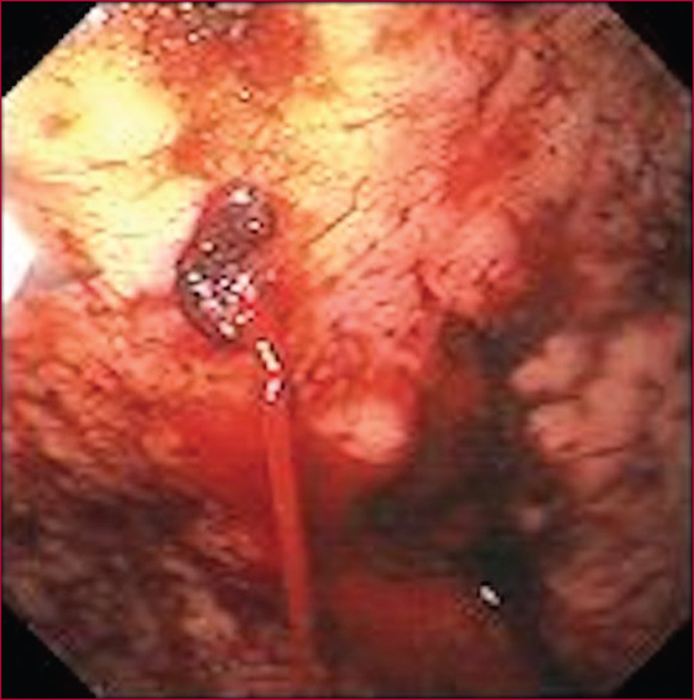
Figure 4 -
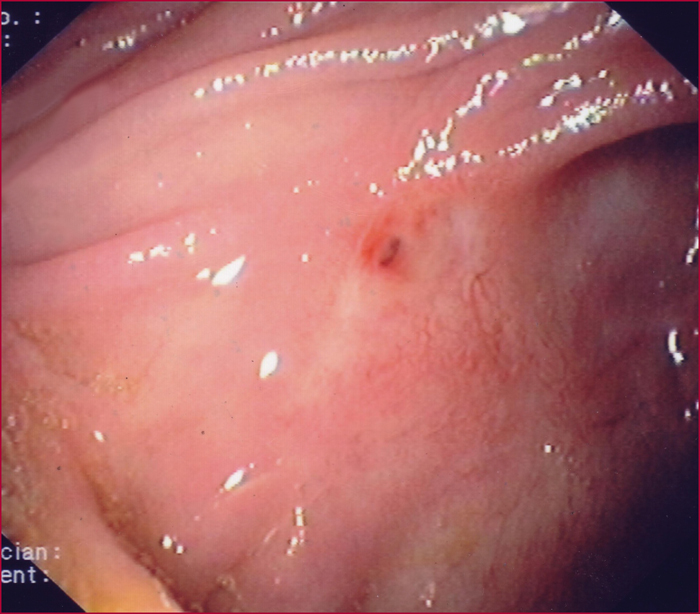
Figure 5 -
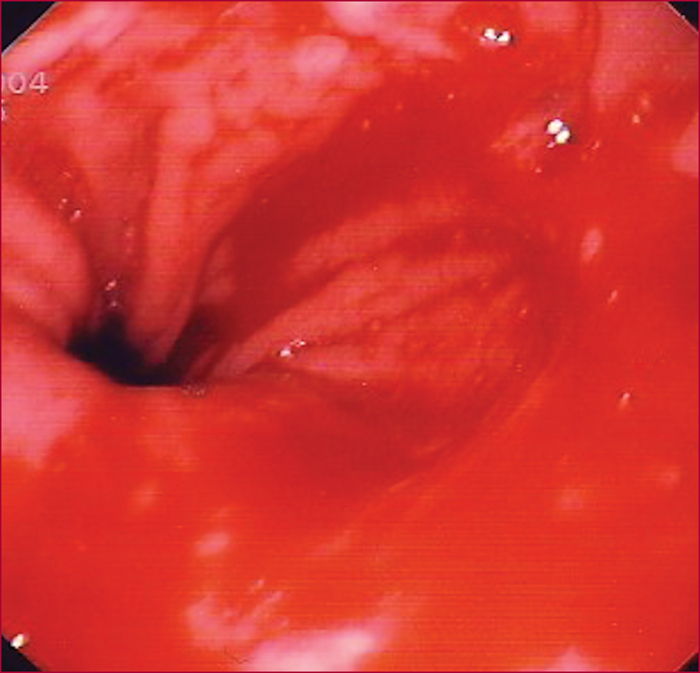
Figure 6 -
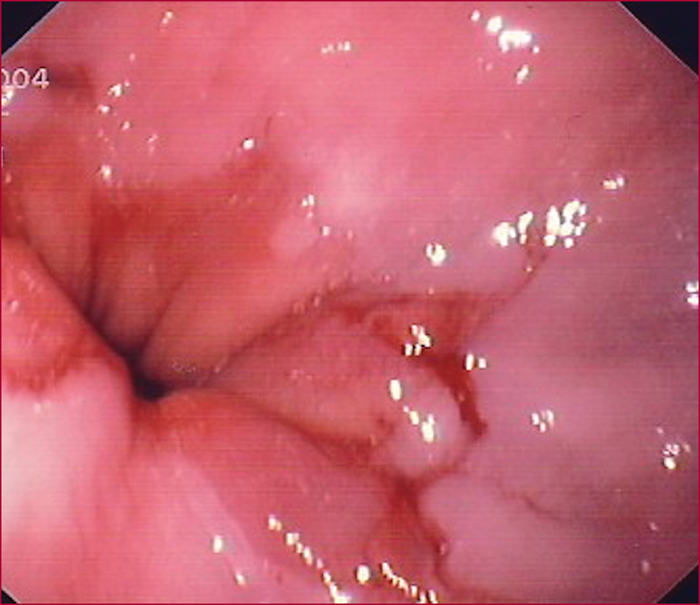
Figure 7 -
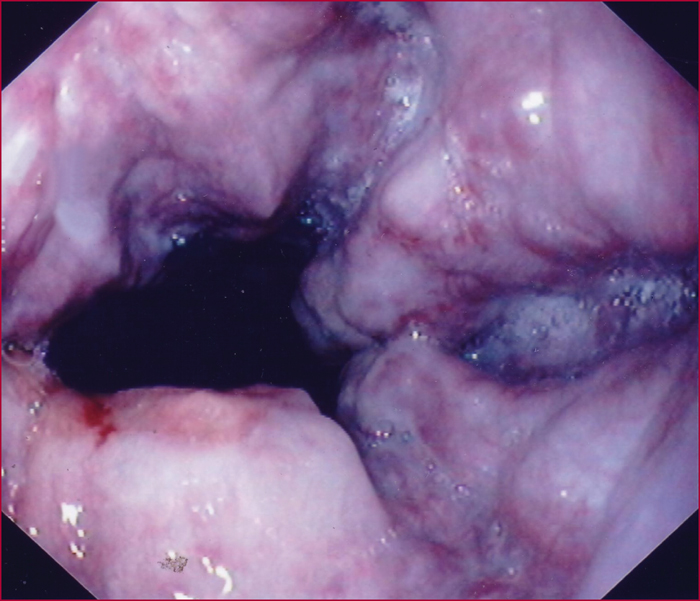
Figure 8 -
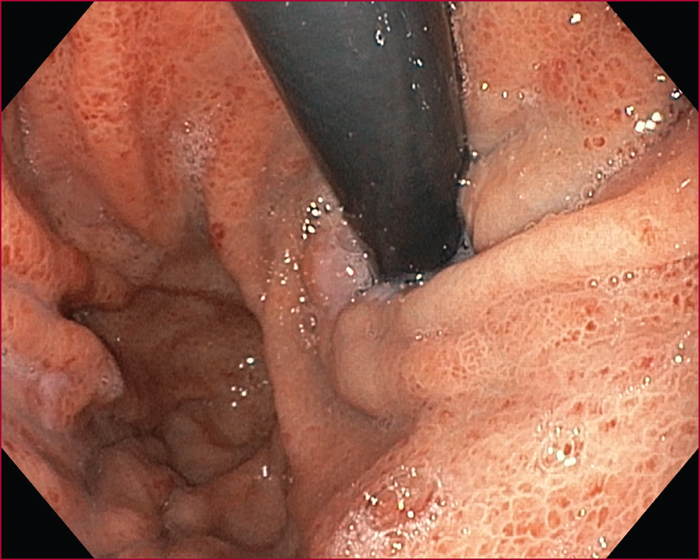
Figure 9 -
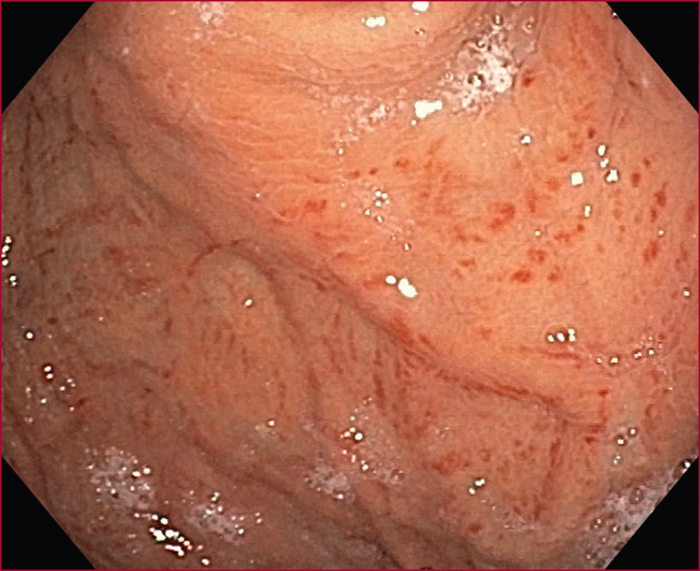
Figure 10 -
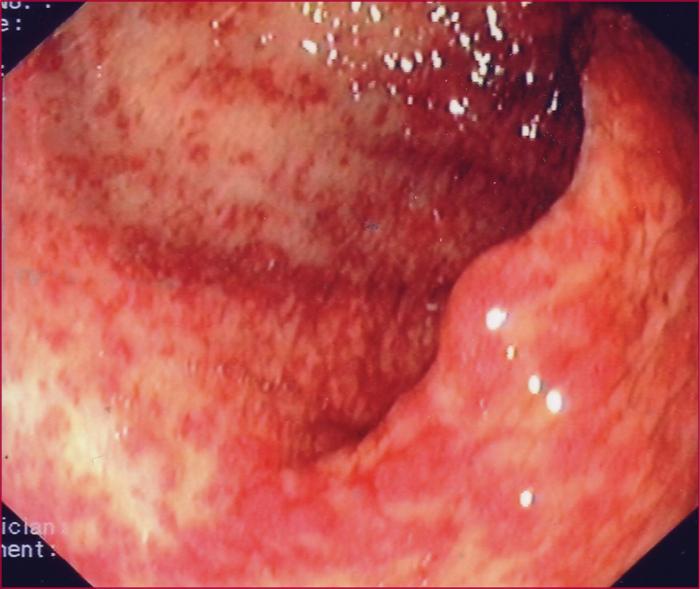
Figure 11
Tables
- Key words: upper GI bleeding, gastro-intestinal endoscopy, Glasgow Blatchford score, gastro-duodenal ulcer, portal hypertension
- DOI : 10.1684/hpg.2018.1697
- Page(s) : 4-16
- Published in: 2018
Incidence of upper gastrointestinal bleeding (UGIB) is 122 cases for 100,000 inhabitants with a 10 to 15% mortality rate. UGIB is not externalized in 10% of cases and should be suspected even if there is an unexplained decrease in hemoglobin level. Diagnosis relies on gastrointestinal endoscopy (GIE), which has also a therapeutic aim. Initial management relies on the search for UGIB risk factors, for signs of hemorrhagic shock and on a blood test upon arrival. Glasgow-Blatchford score may help to decide between an outpatient management and a referral in intensive care unit and as well as to decide when to perform GIE. The most frequent causes are: ulcers/gastritis, variceal bleed, esophagitis, and Mallory-Weiss syndrome. Emergent pre therapeutic management includes volemic expansion with restrictive transfusion strategy, hemostasis correction and an appropriate pharmacological treatment.
![]() This work is licensed under a
Creative Commons Attribution-NonCommercial-NoDerivatives 4.0 International License
This work is licensed under a
Creative Commons Attribution-NonCommercial-NoDerivatives 4.0 International License

